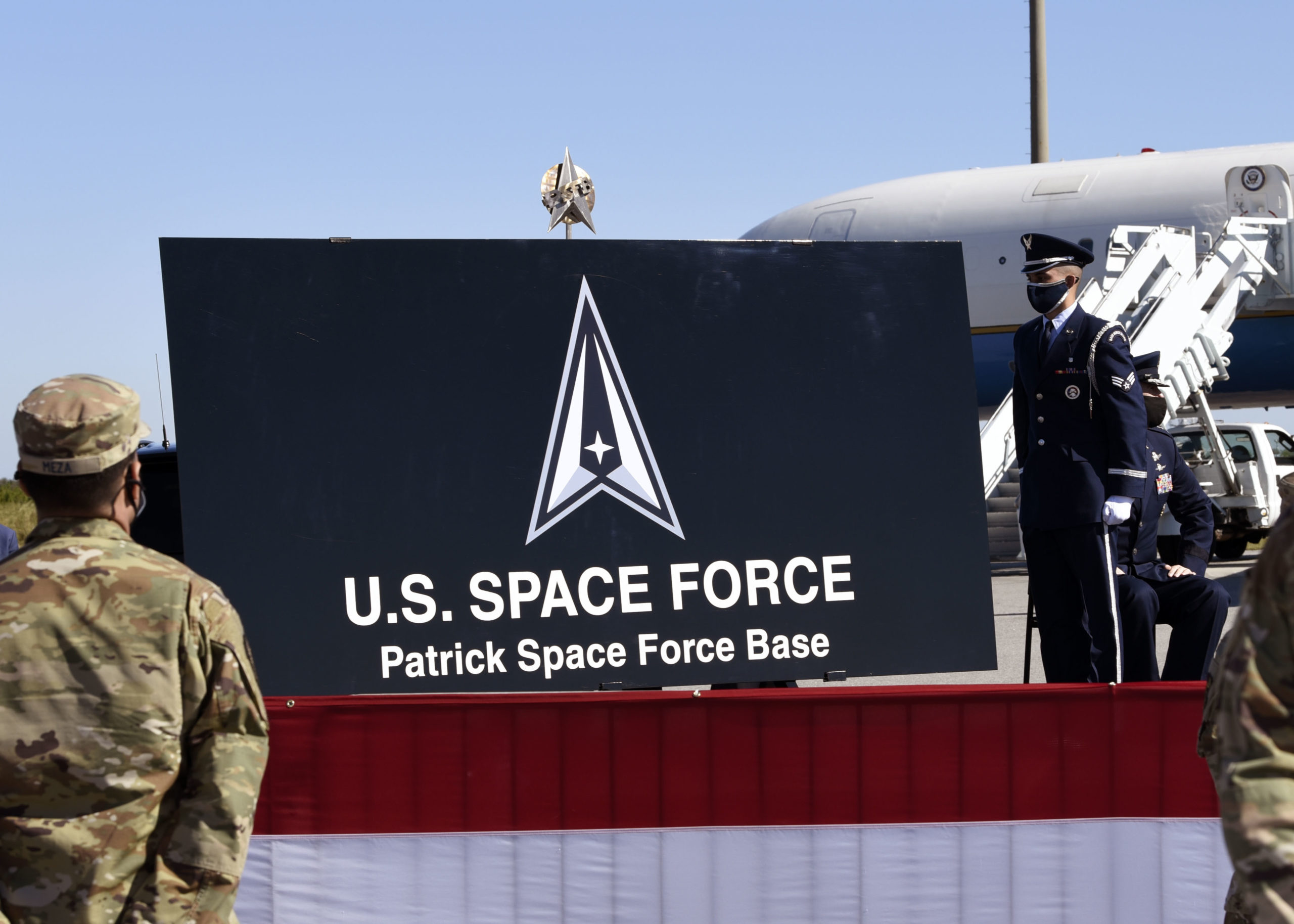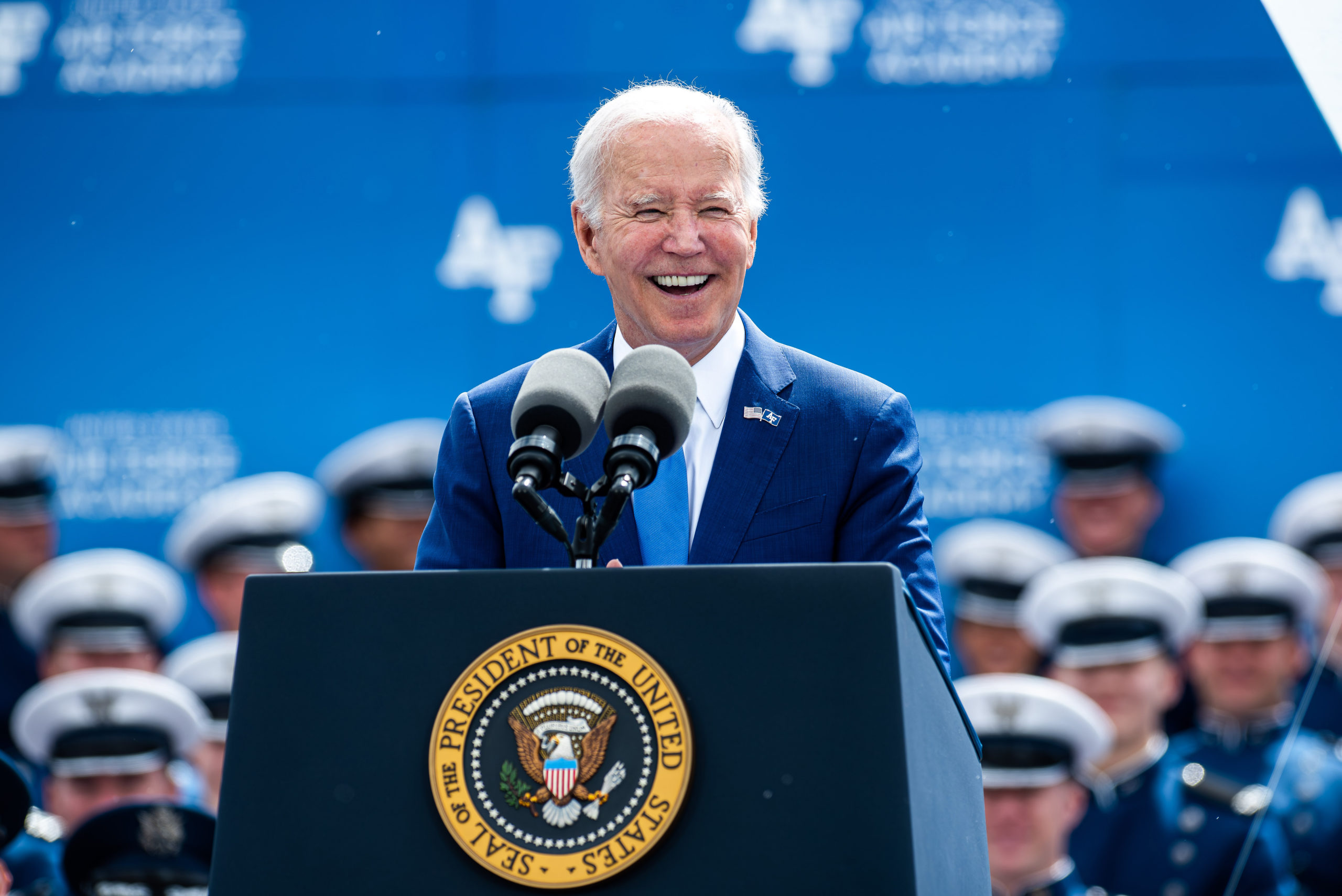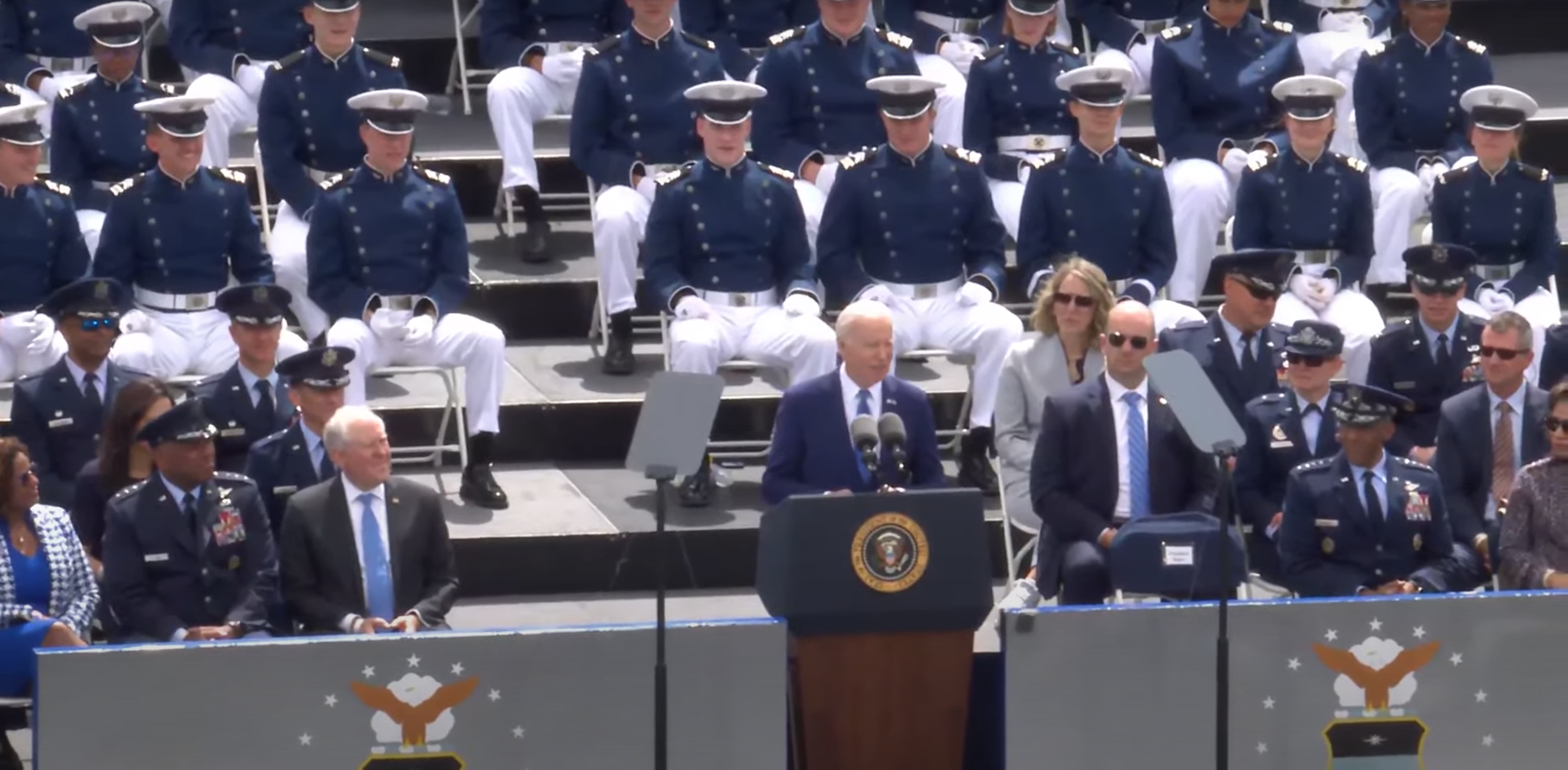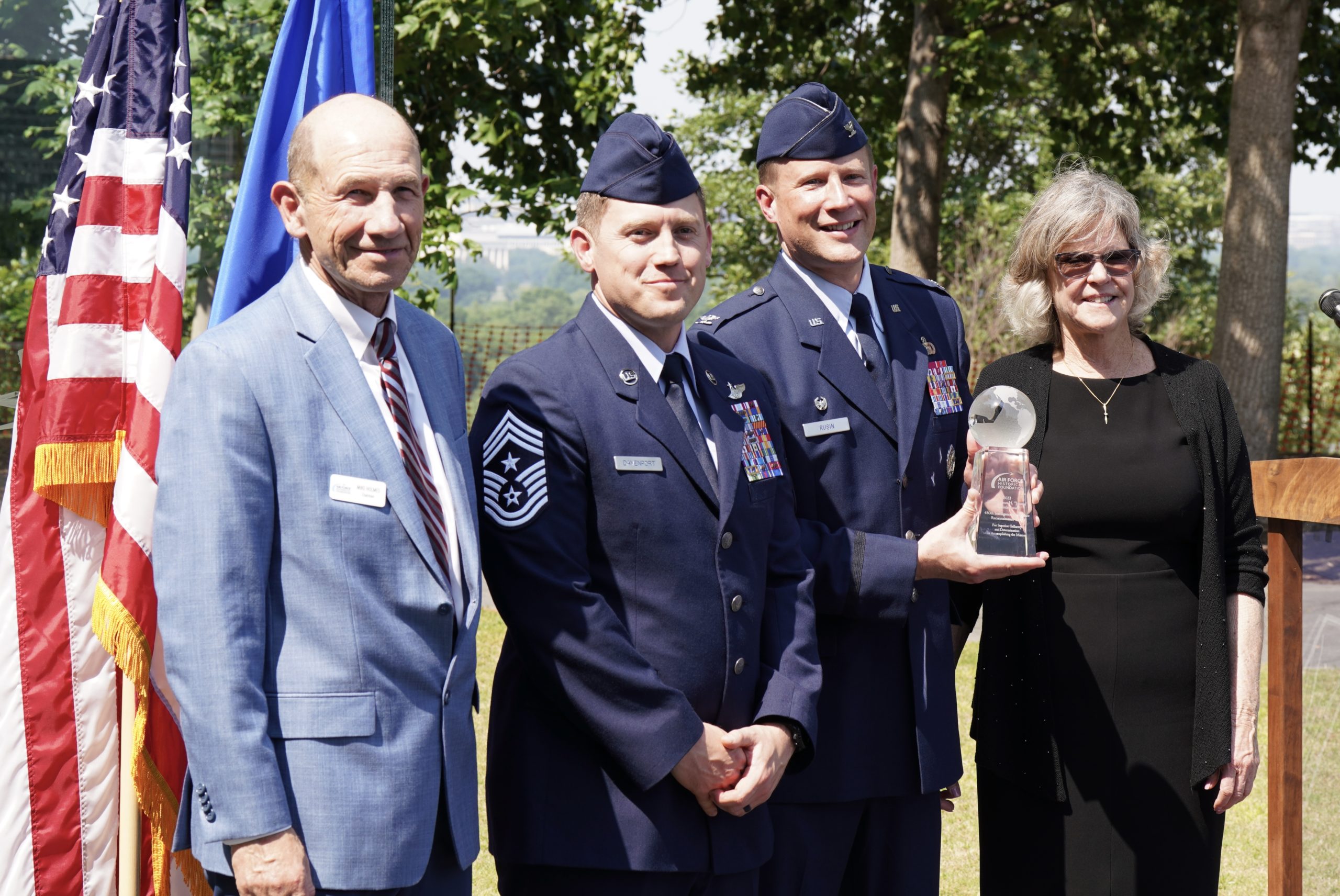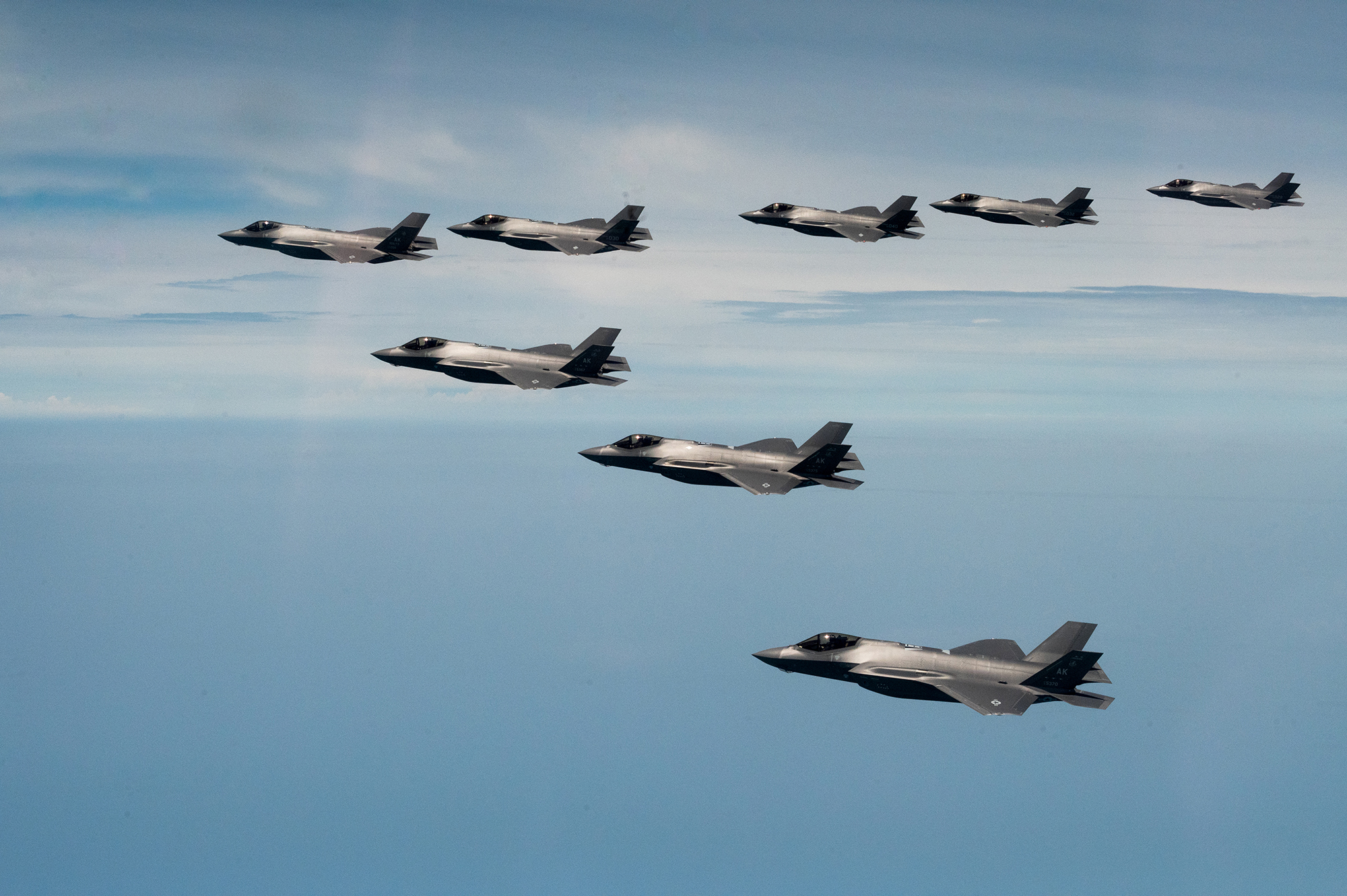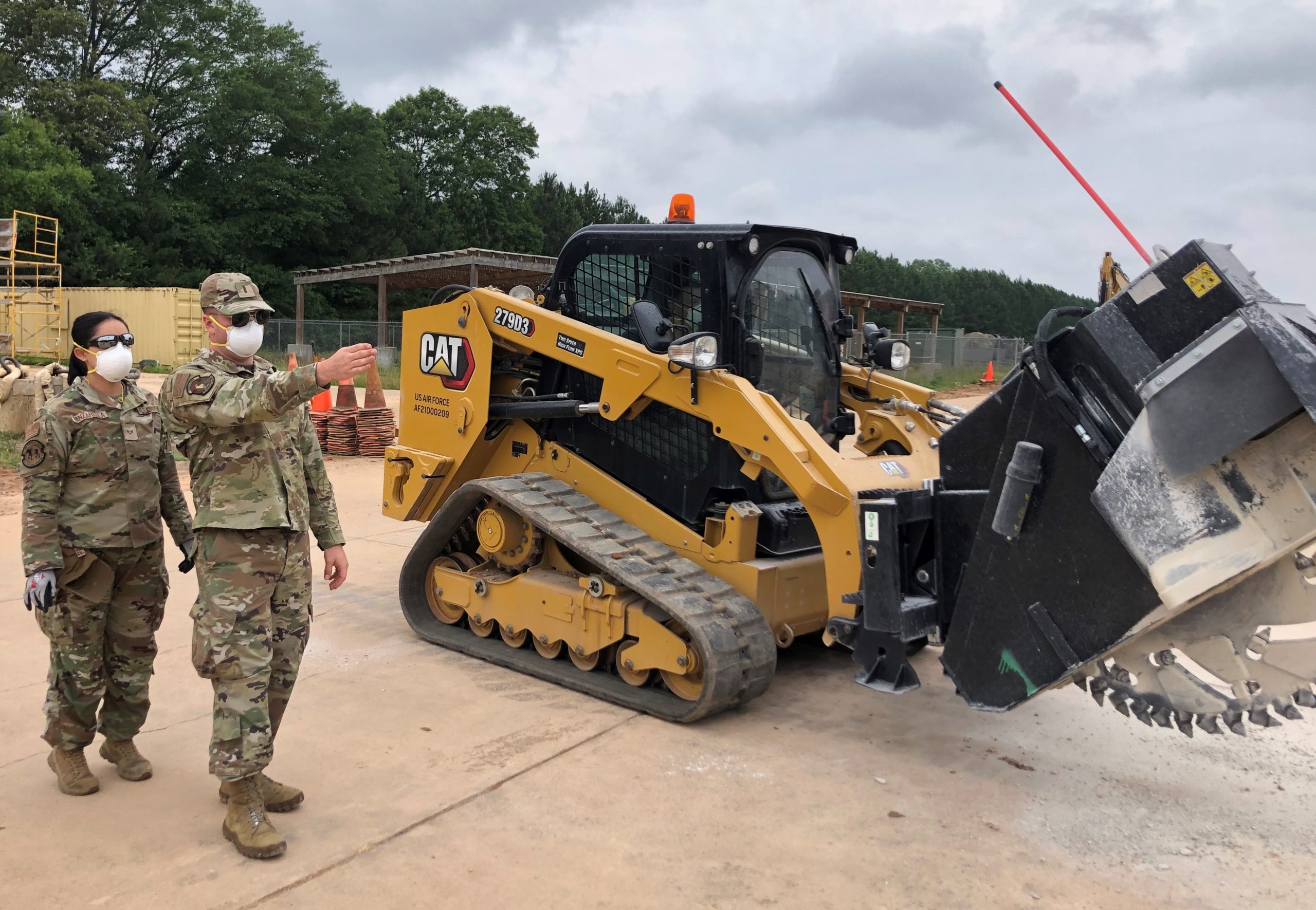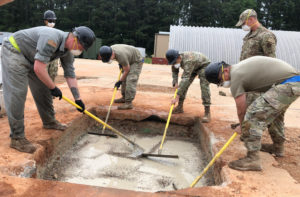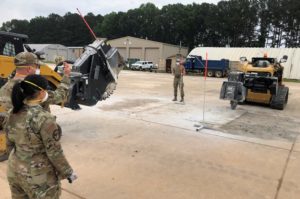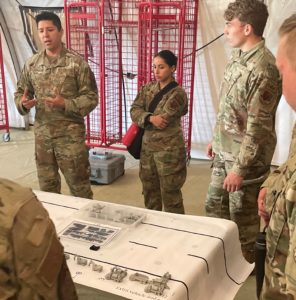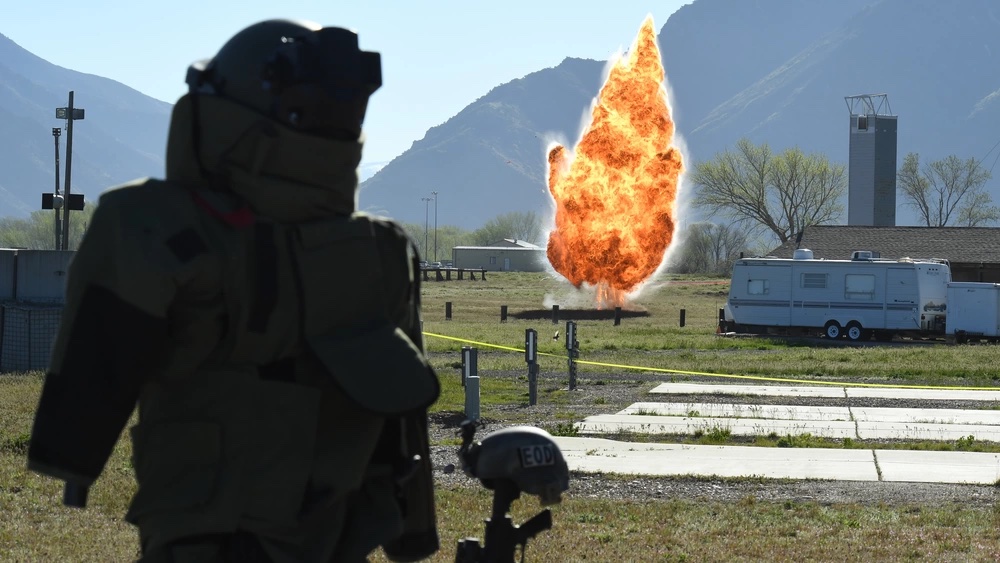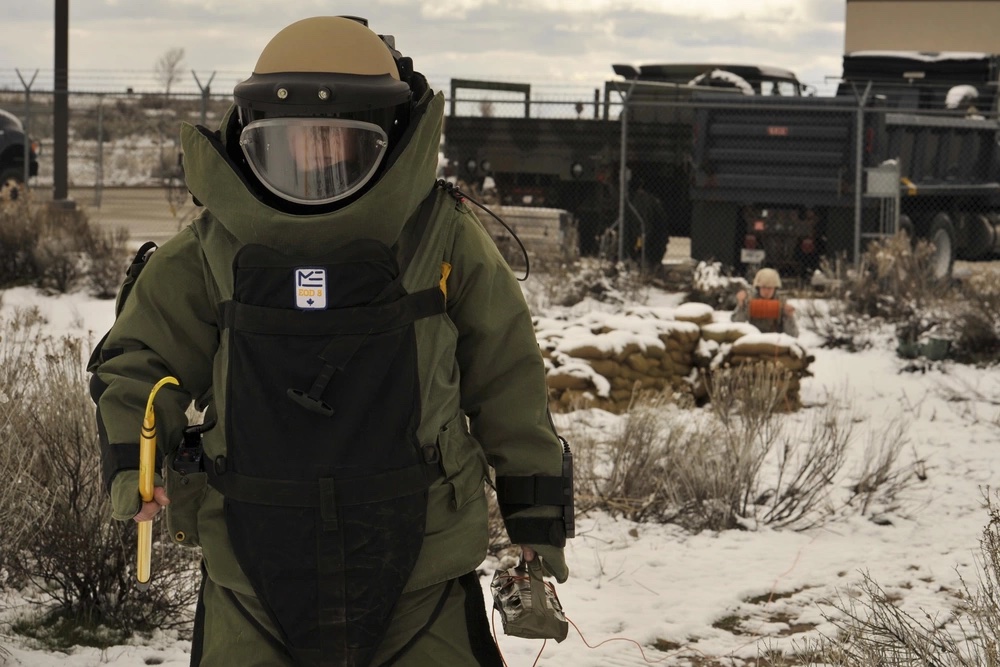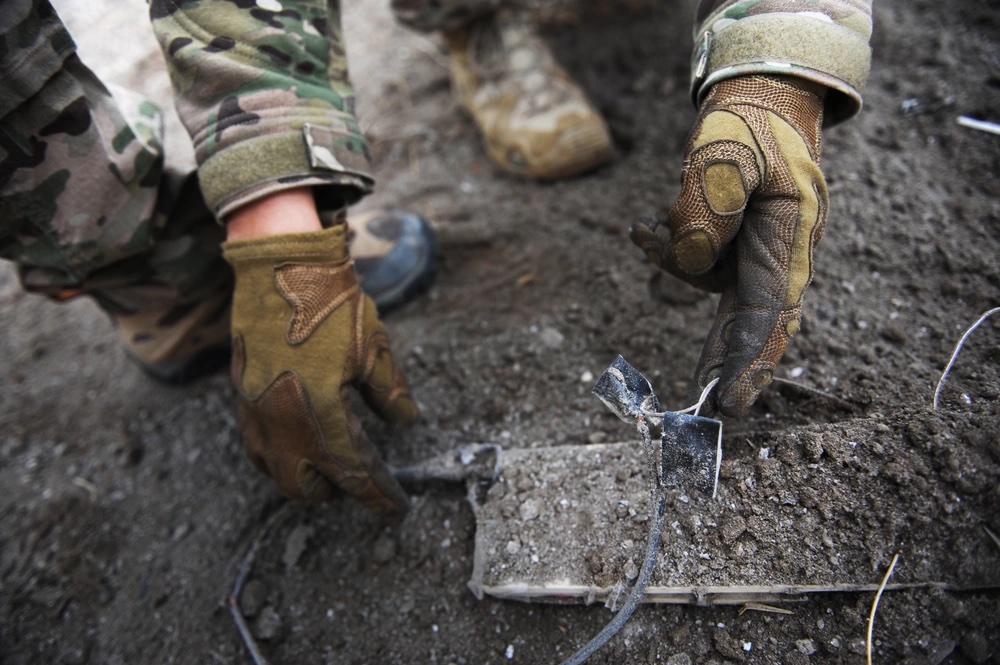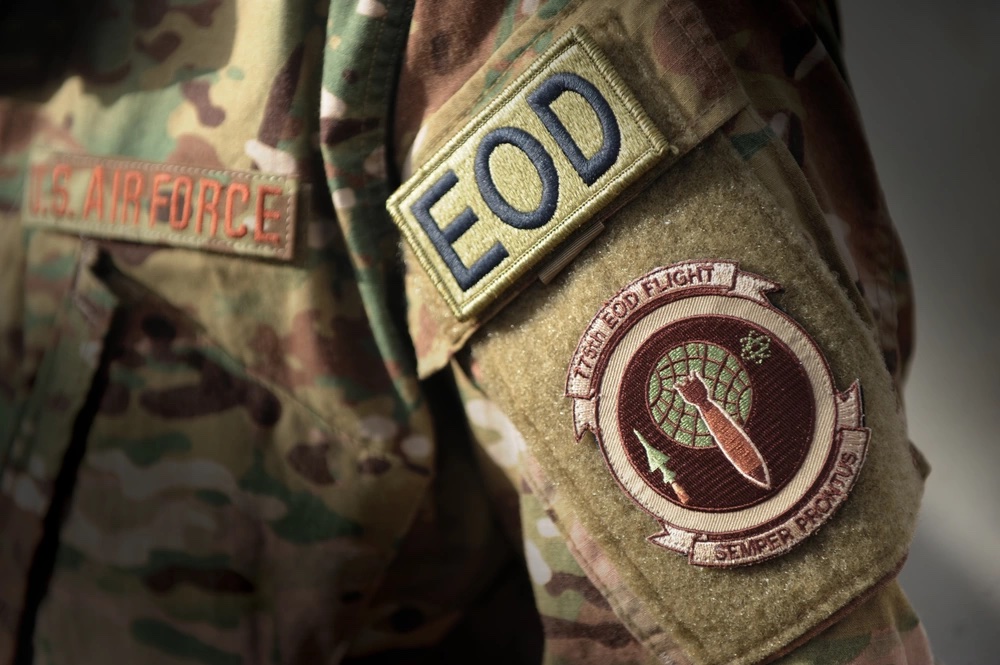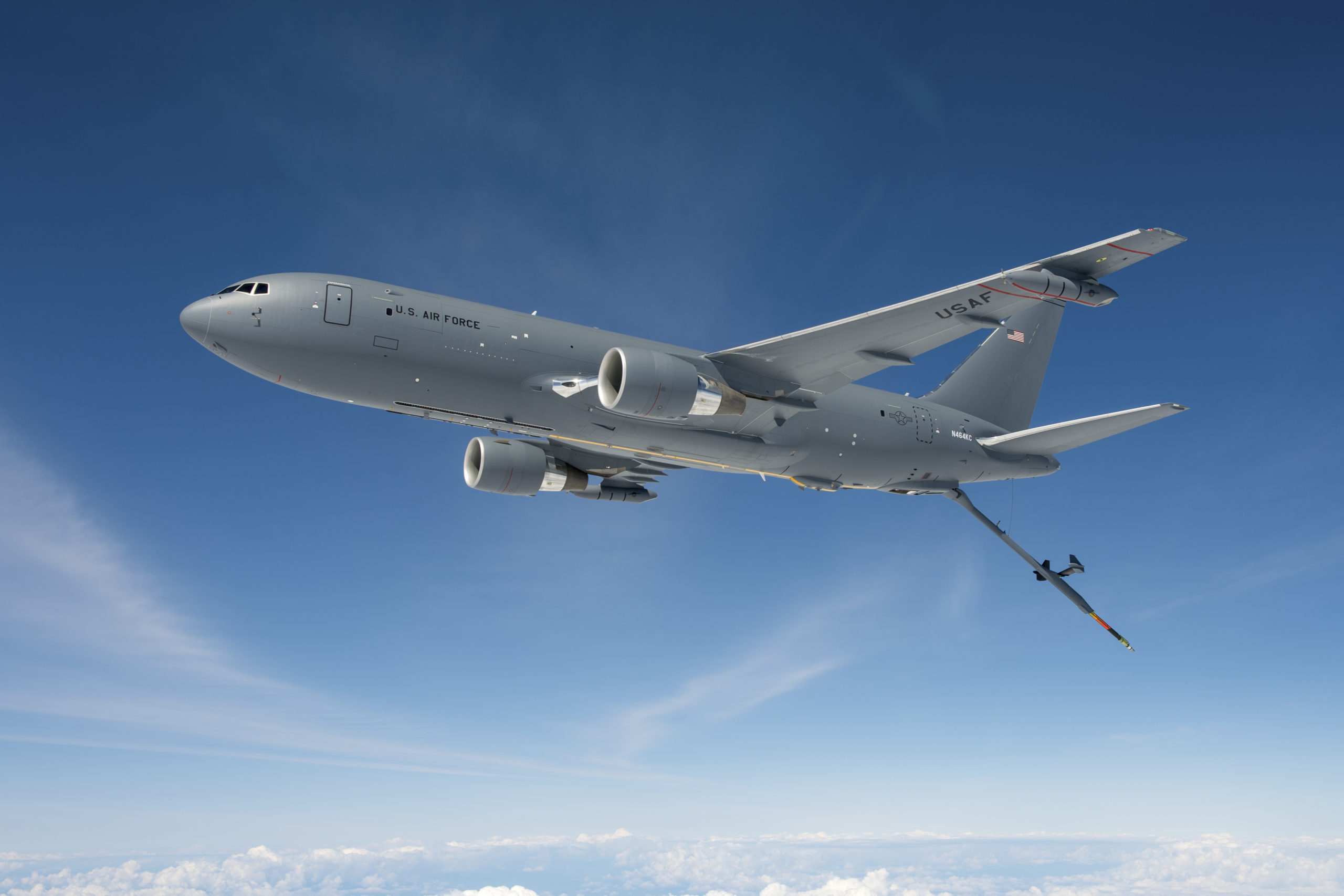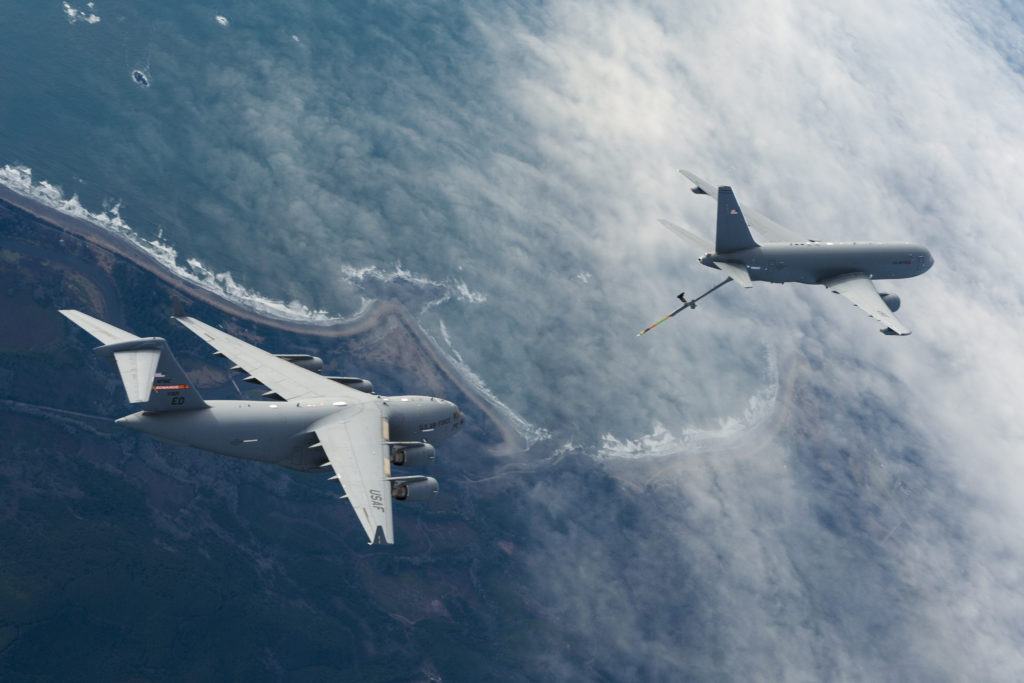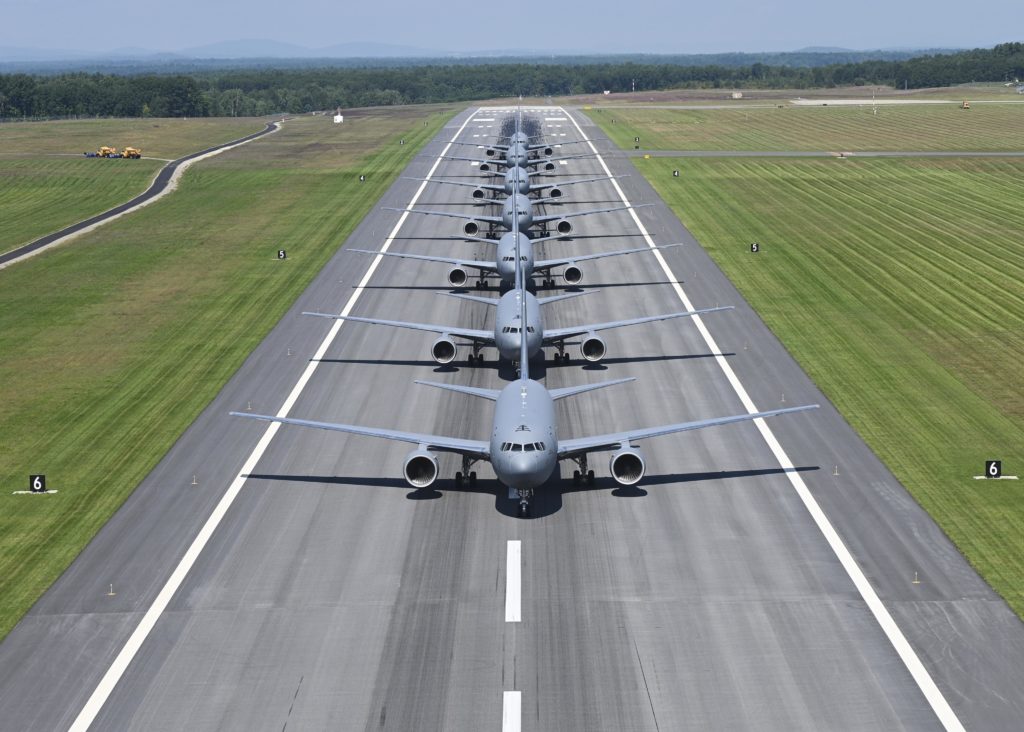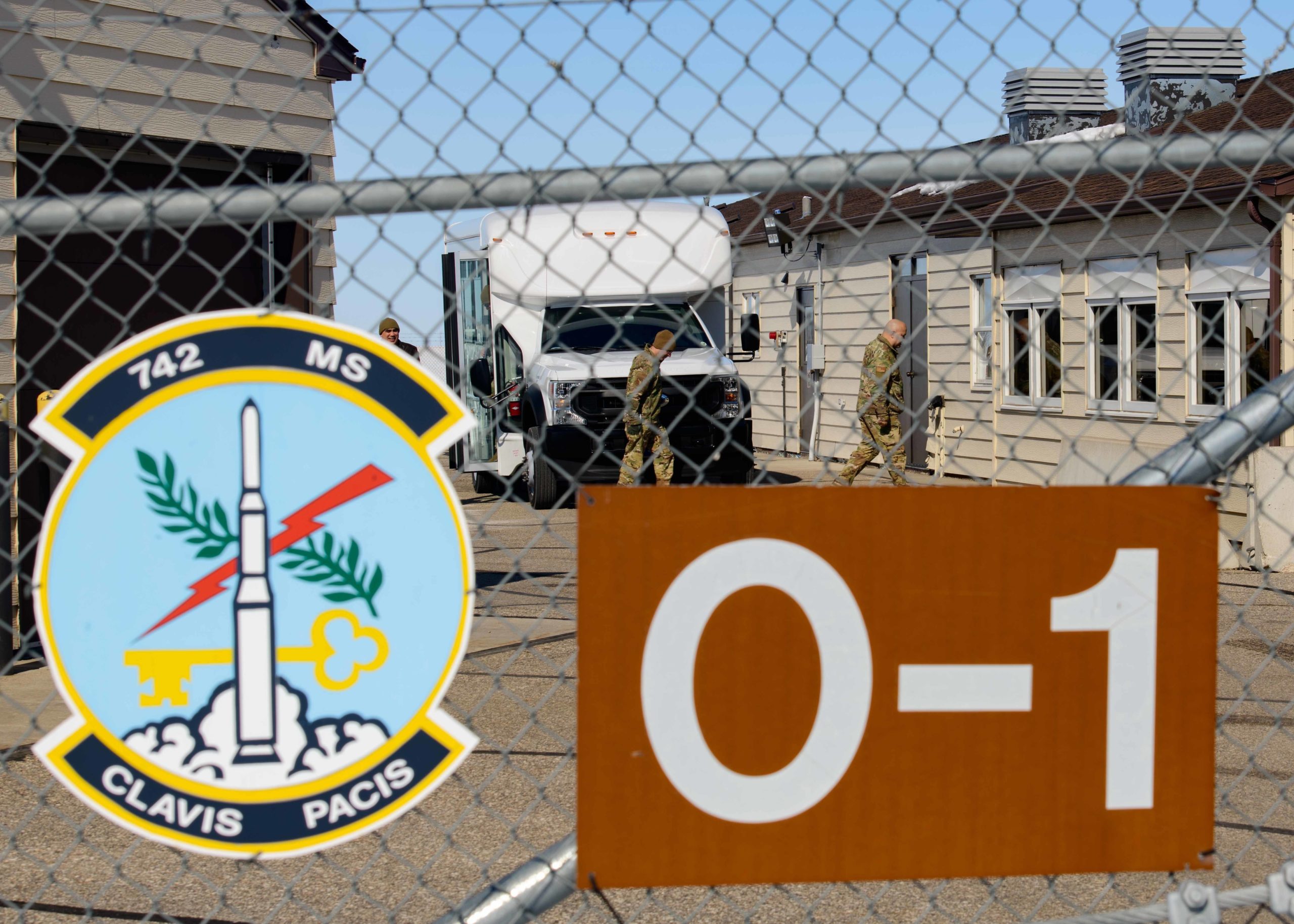The Department of the Air Force has selected Patrick Space Force Base, Fla., as the preferred location for Space Training and Readiness Command (STARCOM) headquarters—and hopes to start moving in by fall of next year.
STARCOM, one of three field commands under the U.S. Space Force, is responsible for educating and training Guardians, developing the service’s nascent doctrine and tactics, techniques, and procedures, and testing Space Force capabilities.
Roughly 350 personnel are expected to make up STARCOM headquarters once it reaches full operational capability, a Department of the Air Force spokeswoman told Air & Space Forces Magazine. An environmental impact analysis is set to take place later this year, followed by a final decision, according to a department release.
The spokeswoman said personnel are then expected to start arriving in fiscal year 2024, which ends in October of that year.
Patrick is located just a few miles from Cape Canaveral Space Force Station and the Space Force’s main launch facilities on the East Coast. The Florida location beat out five other bases for STARCOM headquarters—Buckley, Peterson, and Schriever Space Forces Bases in Colorado; and Vandenberg Space Force Base and Los Angeles Air Force Base in California.
The field command will be the first headquartered on the East Coast after it relocates from its temporary home at Peterson, in Colorado Springs, Colo. The Department of the Air Force is planning to construct new facilities to house STARCOM, the spokeswoman said.
“Until then, personnel will utilize existing and temporary facilities at Patrick Space Force Base,” she added.
In addition to STARCOM, the department announced preferred locations for six other Space Force organizations this week, including three of the five Deltas under STARCOM.
- Space Delta 10, which develops Space Force doctrine and conducts wargames, will also be at Patrick Space Force Base.
- Space Delta 11, responsible for Space Force ranges and aggressors, will be at Kirtland Air Force Base, N.M.
- Space Delta 12, which handles test and evaluation, will be at Schriever Space Force Base, Colo.
- Space Delta 15, which provides command and control capabilities to the National Space Defense Center, will remain at its current location of Schriever.
- The 75th Intelligence, Surveillance, and Reconnaissance Squadron, responsible for the “federated targeting mission” using different satellites across orbits, will also remain at Schriever.
- The 74th Intelligence, Surveillance, and Reconnaissance Squadron, which provides threat analysis and intelligence for tactical space operations, will be based at Peterson Space Force Base, Colo.
About 100 personnel are expected to be part of Space Delta 10, which will also start moving to Patrick in fiscal 2024, the department spokeswoman said.
The announcement that bases in Colorado will get four more permanent Space Force missions comes as debate continues to rage over the home for U.S. Space Command—while not a Space Force organization, SPACECOM’s basing decision has been led by the Department of the Air Force, which identified Redstone Arsenal, Ala., as its preferred location in 2018. Accusations of political favoritism instantly followed and a final decision is still pending years later.
Alabama lawmakers have recently upped their pressure on the Pentagon to finalize its choice and proceed with Redstone, while Colorado legislators are fighting to keep the combatant command headquartered at Peterson Space Force Base.
Last month, media reports indicated President Joe Biden’s administration may halt the move to Alabama, citing the state’s abortion laws as negatively affecting female service members.
Florida recently tightened its own abortion restrictions, but the Air Force spokeswoman said that “reproductive healthcare is not a criteria in the Department of the Air Force strategic basing process” before noting that the process used to select U.S. Space Command headquarters is different in that “parts of that process were dictated by the Department of Defense.”
